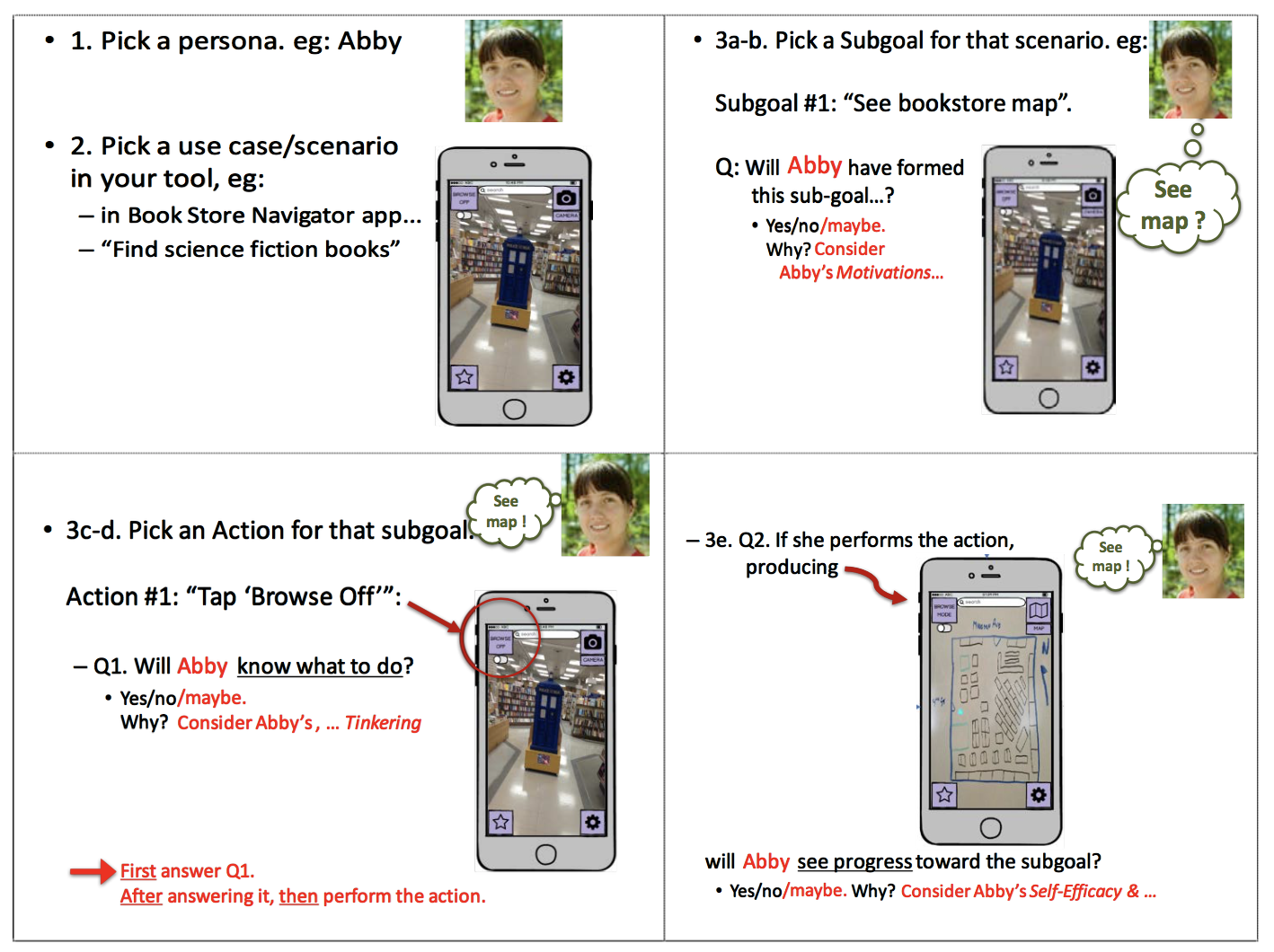

Given recent interest in teaching the GenderMag Method in all kinds of software-related classes, we're developing an online community for educators to access information and materials about teaching GenderMag. Find the GenderMag-Teach wiki live at https://sites.google.com/site/gendermagteach/.
The GenderMag Recorder's Assistant, which semi-automates GenderMag, is now available on the Google Chrome Web Store (for free): https://chrome.google.com/webstore/detail/gendermag-recorders-assis/efacfbjnfhfaplaglplaljdleimiiflf
The GenderMag Recorder's Assistant semi-automates GenderMag. If you want to use it at this early stage, or want to contribute to it on Open Source, follow this link: https://github.com/mendezc1/GenderMagRecordersAssistant/
Although gender differences in a technological world receive significant research attention, much of this research and practice aims at how society and education can impact the success and retention of women in computer science. The possibility of gender biases within software, however, has received almost no attention. We hypothesize that the human problem-solving styles supported by software have strong gender biases, and further that addressing these gender biases can help problem solvers of any gender. Evidence from other fields and investigations in our own have significant evidence supporting this hypothesis.
We are investigating gender biases in people's problem-solving experiences with software. We term this research topic "gender HCI" to reflect its focus on human-computer interaction (HCI) properties that take gender differences into account in the design of software.
The GenderMag Method is a process and set of materials to help with the process. It enables software practitioners (e.g., developers, managers, UX professionals) find gender-inclusivity "bugs" in their software, and then fix the bugs they find.
The core of the GenderMag Method is a gender-specialized cognitive walkthrough and a set of GenderMag personas that focus on five cognitive factors in problem-solving styles.
Do steps 1-2 then repeat steps 3a-3e, as in this figure, until the scenario is finished (for more details, download the kit):
